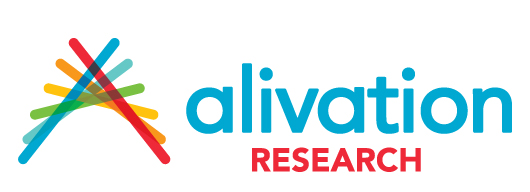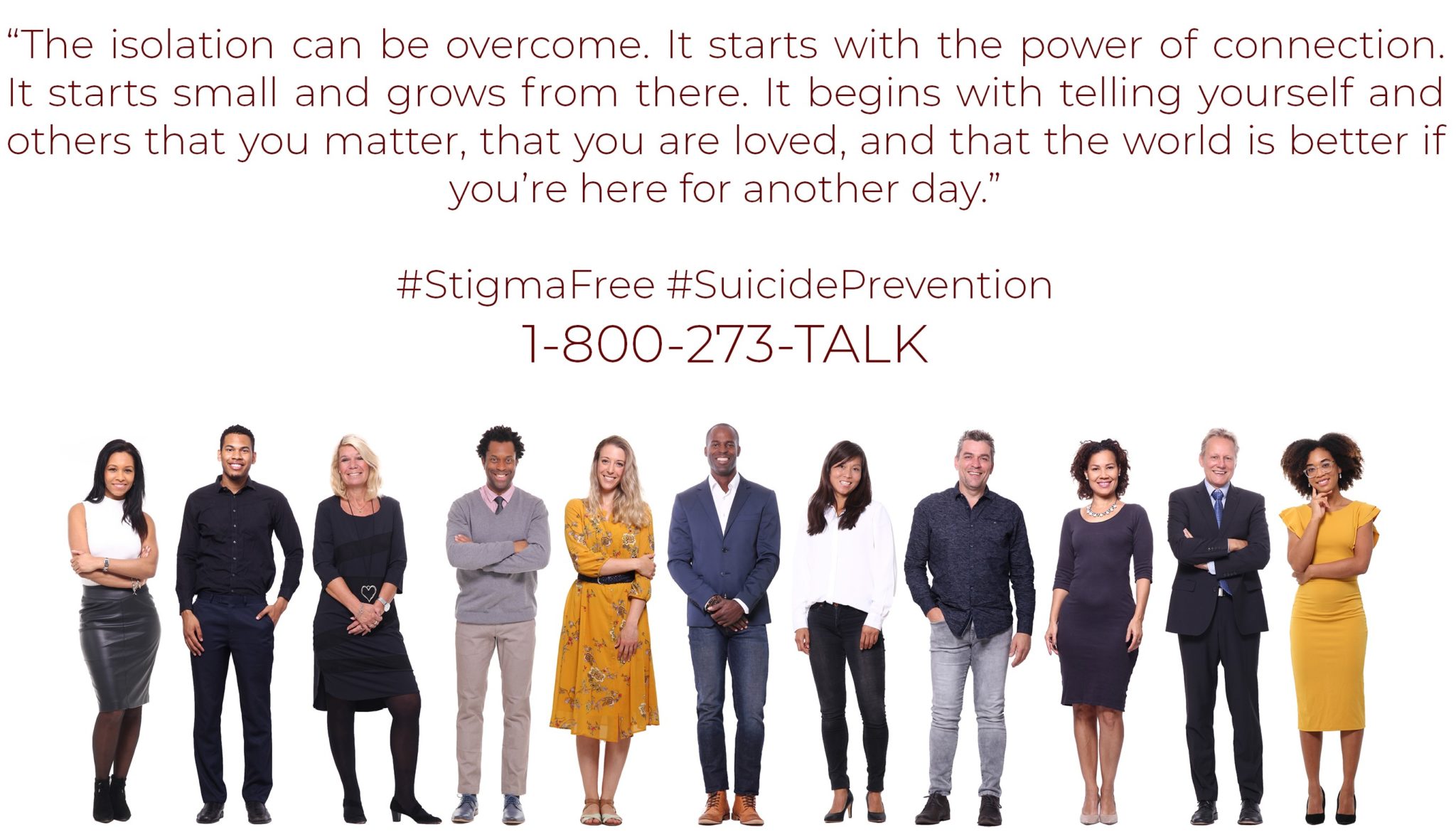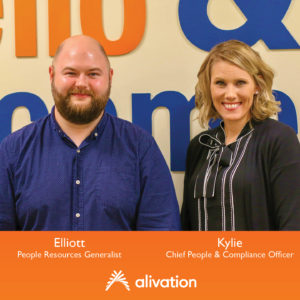Understanding Insurance
Alivation Research
Suicide Prevention and Awareness
People Pleasers: The HR Story
Understanding Insurance


One of the most important topics is also one of the least understood: health insurance. We hear about it in the news daily; Alivation’s own educational materials are casually littered with the terms. But still there seems to be great confusion about it, and not everyone understands their options. Let’s demystify it all quickly.
The main terms, from the CDC and Healthcare.gov:
- Premium: The amount you pay your insurance provider each month for coverage.
- Deductible: The amount you must pay out-of-pocket before insurance coverage begins.
- Coinsurance: The money you owe to a medical provider once the deductible has been paid.
- Co-pay: An amount, usually fixed, that you pay at the time of service. Similar to a coinsurance plan, a co-pay is also paid before the deductible.
- In-network: Physicians and medical organizations that deliver patient services covered under the insurance plan. Generally the cheapest option.
- Out-of-network: Physicians and medical organizations covered under your insurance plan, but at a higher cost than in-network. Depending on the insurance, the percent covered may also be less.
- Pre-existing condition: A condition already present at the time of your application to the insurance provider.
- Enrollment periods: The window of time you can apply for insurance for yourself, spouse, or your children. Open enrollment is when you have time to modify your plan. Otherwise, health insurance policy-holders are unable to adjust their plans unless they have a qualifying life event (marriage, divorce, death, birth of a child, change in income, etc.).
- Dual coverage: Maintaining a health plan with more than one insurer.
A large barrier to care for many people is the price of health insurance. According to recent data, 28.9 million people in the U.S. under the age of 65 are uninsured. Private insurance coverage for people under 65 accounts for 65.4%, and public insurance under 65 is 25.3%. In 2016, 45% of the uninsured population said the reason they do not have coverage is because the cost was too high. Many people do not have coverage through their jobs, and those below the poverty threshold in states that didn’t expand Medicaid are ineligible for financial assistance. Studies have shown that people lacking health insurance have worse access to care, especially in preventative services or treatment for major health and chronic conditions.
Alivation works with insurance providers and policy-holders together to ensure the best possible outcomes. We’re not strangers to feeling limited by available coverages. We believe that every service is essential in providing the best treatment for patients. From WebMD, people with chronic depression, for instance, often experience other comorbid medical disorders, some of them physical. These disorders can be long-lasting, require years of treatment and medication. That can become expensive very quickly. We believe the cost of insurance shouldn’t ever be a barrier to treatment. Everyone deserves to live their best life.
We do what we can. In addition to taking all major insurance, Alivation Pharmacy will call your insurance provider and search for discount offers to help with the cost of prescription medications, whenever possible. Doing this, they can find alternative medications, other formulary options, or in-house loyalty programs. We’re very open to working with you and your providers to get the lowest cost. We understand the system and are always happy to help. Every team member at Alivation, from the front desk to the CEO, is happy to help you with any questions you have about healthcare, coverage and options. Education is our best resource.
At the end of this blog are resources you can use if you want to get into the specifics, or if you just want to learn more about the ACA and what your options are for coverage. Call us anytime if you have questions at 402-476-6060.
Resources
https://www.healthpocket.com/obamacare/obamacare-insurance-metal-plans#MetalPlans
https://www.ehealthinsurance.com/
https://www.bls.gov/ncs/ebs/glossary20112012.pdf
Target Text
***
Alivation Research

It’s nice to be able to use the phrase “game-changer”. Not a lot of companies can say they work with people who are changing the world, but that is what Alivation Research does. One of the three Alivation-branded affiliates, Alivation Research acts with autonomy as its own company, but also within the larger Alivation brand. Like the pharmacy or primary care, it wears many hats. This is where the Next Level You is made.
So what makes Alivation Research a game-changer?
They do the cutting-edge science that drives positive change. They conduct the research trials that make advances real. They recently helped carry out studies with other organizations for tardive dyskinesia, a disorder with involuntary, repetitive body movements. Because of their research and efforts, valbenazine, sold under the name Ingrezza, is now FDA-approved and available. It is also being studied for use in treating Tourette’s. Alivation Research helped make this treatment possible. It can take years for a medication to become approved by the FDA and make it to the market. Ingrezza did it relatively quickly.
Alivation Research is much smaller than some of the well-known companies specializing in medical research. There aren’t massive facilities or faceless teams. The staff is small, less than ten, and they add a personal touch many other places lack. You get to know the researchers here. You get to the know the facility and the people conducting the studies. They’re open and honest about what they’re doing, and will answer any questions. Their passion for research is extensive, infectious. They will make you interested.
They find study participants in a variety of ways. One way is through the website page, or through internet ads, such as on Facebook; they can be found in Alivation’s database as well. But one of the most important ways is through provider referrals—it’s reliable and efficient. Research does work in genetic testing, pharmacological, and technical areas. They studied TMS extensively, and still look for other uses of it. They all agree that many resources and techniques are ground-breaking, basically untapped. So much potential still exists and they’re only now scratching the surface. They’re currently finishing studies for bipolar disorder and smoking cessation, and want to work on studies for treatment-resistant depression soon.
Kelly Espenschade, the Research Operations Manager, predicts Alivation Research only expanding further. They’re branching out into family studies and neurology, with specific work in diabetes, weight loss, and high blood pressure management. The benefits and uses are tremendous: Imagine a world with these disorders greatly reduced, or even eradicated. It’s a dream, but that’s how advances are made. The biggest things start with small steps, and even a product we take for granted today, say Advil, started with research. Vaccines started with research. Kelly envisions a company with multiple teams, with disciplinary studies and coordinators for each research project in the future.
It’s safe to say Alivation Research will only continue trying to change the world, one small step at a time. With their focus on the new and the unknown, they can’t help but discover ways to treat patients that we haven’t thought of yet, ways to make people feel and operate better. That’s how innovations are born.
Target Text
***
Suicide Prevention and Awareness

Nearly 45,000 Americans, aged 10 and over, died by suicide in 2016, according to the CDC. In Nebraska, the suicide rate increased by 16.2% from 1999-2016. Suicide is a challenging topic to discuss—in fact, it might be one of the worst.
Which is why it matters so much.
Suicide is a leading cause of death for Americans, and always leaves questions: Why? What were the signs? What was wrong?
What could I have done differently to help?
There aren’t easy answers for any of them. But it is essential to openly discuss suicide and its implications. That way, we can better understand why it occurs, who is at risk, and what we can do to prevent it. There are few among us who haven’t been touched in some way by a friend, loved one, or an acquaintance taking their own life. According to the American Foundation for Suicide Prevention, suicide is the 10th leading cause of death in the US. Among people between the ages of 10 and 34, suicide is the second leading cause of death. On average, 123 suicides occur daily.
There is no single established cause of suicide. It is often a variety of factors. Feelings of hopelessness or despair caused by health or stress issues are most common. Conditions like clinical depression, anxiety, or substance problems increase the risk. Depression often goes untreated in those who have it, exacerbating an already problematic situation.
The major warning signs to look out for, from the AFSP, are:
- Talking about killing themselves, or death
- Feeling hopeless, or no reason to live
- Feeling trapped
- Pain
- Feeling like a burden to others
Often, those who are contemplating suicide may engage in risky behaviors, increase their drug or alcohol use, become socially isolated, become aggressive or irritable, sleep too much or too little, withdraw from family, and say goodbyes to friends and loved ones. Some environmental factors that might signal suicidal thoughts or desires are major life events or traumas, divorce, financial crisis, prolonged stress, rejection, or bullying. Psychological factors include depression, schizophrenia, bipolar disorder, traumatic brain injury, and a history of childhood abuse or suicides in the family. If the person has ever attempted suicide, the “likelihood goes up even more”.
It may seem bleak. What can be done?
The most important steps a person can take are recognizing the signs and putting themselves or the person in contact with a health professional. Therapy, medication, and a general support system are all possible aids to those contemplating suicide. Often simply talking about feelings and issues is a great place to start. Many just need to feel loved and heard by those near them. For those directly considering suicide and need immediate assistance, call the national suicide hotline at 1-800-273-TALK.
September is Suicide Prevention Month, and September 9 to the 15th is National Suicide Prevention Week. This is a great time to become educated about risk factors, symptoms, and signs. Just because suicide has touched all our lives in some way or another doesn’t mean the situation is hopeless, or change is impossible. The isolation can be overcome. It starts with the power of connection. It starts small and grows from there. It begins with telling yourself and others that you matter, that you are loved, and that the world is better if you’re here for another day.
Target Text
***
People Pleasers: The HR Story

“Create an organization that people want to be from.”
That’s what the sticker says on Elliot’s desk. He’s the People Resources Generalist at Alivation, and along with Kylie Ensrud, Chief People & Compliance Officer, they form the entire HR department. No small job for two people to cover, and even here the credo of Next Level Care is practiced by all.
Their prime philosophy is to not do policy-driven HR. We don’t even call it HR—we call it People Resources. You won’t find rule books, manuals, pages upon pages of the normal dry corporate material. They consider themselves safeguards of culture, and wear more hats than they can count. They believe they do it better than others. “No two days are the same” is the best summation from Elliott about his routine. Kylie is similar: sometimes she’s coaching and developing managers or team members, other times she’s going about the normal people needs of a company employing over 90 individuals.
They both have a specific goal: to undo the stereotypes and drawbacks associated with conventional HR. They want to move away from bureaucracy, or the feeling of being the corporate police. They prefer to find what’s unique, what’s comfortable, what’s best for everyone—and then implement that. Alivation has doubled since January 2017, which has left them plenty to do in its wake. Such steady growth of both people and resources is only expected to continue, and possibly increase, over the next few years. Onboarding that many people to a new culture is not easy. They’ve made sure to equip each one of them with the tools to be successful.
Elliott’s background is in music. He decided he didn’t want to spend 90% of his life in a practice room or on the road, and he loved working with people. HR called to him. He loved the idea of helping people, and especially of helping people to help others. Kylie is currently a Ph.D. candidate in transformational leadership with a focus on neurocognition and social behavior. Their backgrounds are very different, but their beliefs in both transforming People Resources and in Alivation itself unite them strongly. Empowerment is a cherished theme. On top of People Resource duties and being people officers, they also plan the yearly holiday parties, help decorate the building, and do other tasks as needed. They’re frequently surprised each day by what they end up doing.
The one thing Elliott says he hears more than anything else in People Resources is, “I can’t believe how nice everyone is.” They take great pride in that, both having come from companies in the past that didn’t care. They don’t believe in the phrase culture fit. They prefer culture add, highlighting that someone joining the organization isn’t molded to the framework, but rather adds to the framework itself and retains their unique personality. Skills and abilities always come second to character—they want passionate people who add to the culture. There is no checklist of traits to hit.
For those who look to join Alivation’s ranks, Elliott and Kylie say, they just need to think outside the box, not be afraid to be vulnerable or to share feelings, and to meet and add to our culture. We do things better, and we want members we select to be rowing in the same direction as the rest of the company.
Alivation’s People Resources navigates the tricky waters between being the conscience of the company and the voice of the employees. It’s important the organization’s voice, values and methodologies come through, but it’s equally important that employees feel they can talk any time, and they will be heard. Projects always come second to people. No matter what Elliott’s working on, if you walk through the door, you’re his focus. If he doesn’t have the time, then he simply makes more of it. Elliott’s driven by a deep belief in people, and in helping them fit into an organization that sets itself apart from others. We’re a place you want to be from.
“I’ll work as hard as I need to for it to happen.”
